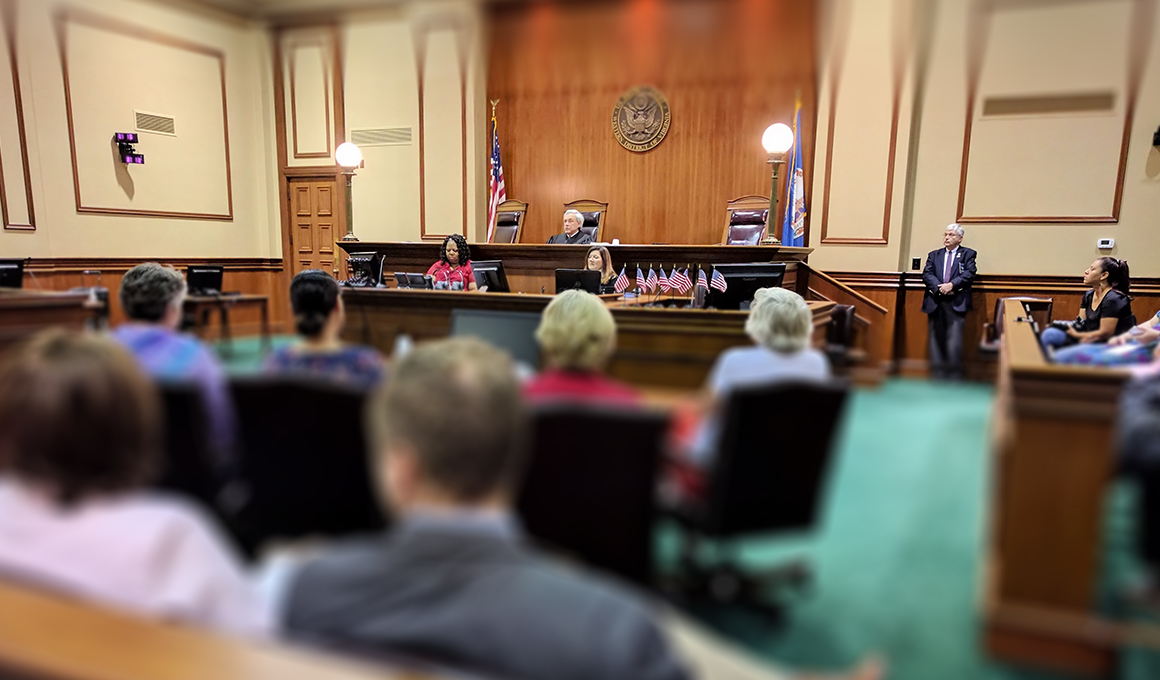The Role of Trial Presentations Are Essential for Winning Success in Court
The Power of Visuals in Trial Presentations for a Winning Debate
The assimilation of visuals in trial presentations has actually become an important consider efficiently connecting complicated arguments to jurors. By making use of different forms of aesthetic aids-- be it diagrams, pictures, or animations-- lawyers can improve understanding and retention, ultimately forming the jury's understanding of the case. This strategy not only makes clear elaborate stories however additionally establishes a psychological resonance that can affect decision-making. As we explore the nuances of this approach, it ends up being essential to take into consideration how certain types of visuals can make a considerable distinction in trial results. What practical techniques might lawyers employ to maximize this possibility?
Significance of Visuals in Tests
In lots of lawful setups, visuals play an essential function in boosting the performance of test presentations. The integration of visual elements can considerably affect jurors' understanding and retention of complicated details, thereby shaping their understandings and choices. Visuals, such as graphes, layouts, and photographs, can simplify elaborate narratives, making them much more obtainable and compelling.
Moreover, the human brain processes visual info a lot more successfully than message, which emphasizes the relevance of incorporating visuals into legal arguments. By equating dense legal principles right into visual formats, attorneys can facilitate more clear interaction, making certain that vital factors are not ignored during trials.
In addition, visuals offer to engage jurors on an emotional degree, cultivating a link to the situation that words alone may fall short to attain. The calculated use of visuals can stimulate compassion, prompting jurors to consider the human facets of the situation.
Eventually, the significance of visuals in tests depends on their ability to boost clearness, improve juror involvement, and strengthen the story being provided. This powerful combination is essential for crafting influential disagreements that reverberate with jurors and affect the result of lawful proceedings.
Kinds of Visuals to Use
Reliable trial discussions can greatly profit from a variety of visual devices that cater to various facets of the situation. trial presentations. Making use of diagrams and graphes can effectively break down complicated information, making it a lot more digestible for jurors. Flowcharts can show the series of events, while bar graphs might succinctly contrast relevant information factors.

Animations and simulations can likewise play a crucial function, specifically in cases including technological data or elaborate circumstances. These visuals can dynamically represent procedures or actions, offering quality and engagement that static pictures might not attain.
Moreover, infographics incorporate message and visuals to sum up essential information efficiently. They can provide timelines, stats, and considerable situation points in a visually appealing manner, making it easier for jurors to follow the argument.
Enhancing Comprehension and Retention

Enhancing understanding and retention throughout trial presentations is important for making sure that jurors comprehend the necessary aspects of a situation. Visual help act as powerful devices hereof, translating intricate info into conveniently digestible layouts. By using charts, representations, and infographics, attorneys can streamline elaborate data and emphasize essential points that might otherwise be forgotten.
Researches have revealed that individuals retain info considerably better when it exists visually. This is especially important in a test setting, where jurors might be overwhelmed by the discover this quantity of evidence and statement. By strategically integrating visuals, attorneys can guide jurors' attention to the most essential elements of the instance, strengthening their understanding and memory of the product presented.

Producing Involving Discussions
Captivating jurors' interest throughout test presentations is vital for sharing a compelling narrative. Engaging discussions utilize aesthetic elements to produce an unforgettable experience that reverberates with jurors. The tactical use graphics, computer animations, and click to read more videos can elucidate complicated info, making it extra accessible and relatable.

In addition, incorporating storytelling methods can improve interaction. Offering proof in a sensible sequence that builds sob story permits jurors to attach with the product on an individual degree. Numerous discussion layouts, such as including brief video or interactive components, can additionally receive passion and focus throughout the test.
Inevitably, an interesting discussion cultivates an extra extensive understanding of the situation, allowing jurors to much better appreciate the arguments existing and resulting in a more beneficial outcome.
Case Studies and Success Stories
Numerous study highlight the significant impact of visuals in test discussions, demonstrating their ability to influence juror assumptions and inevitably the end results of situations. As an example, a noteworthy case involving a personal injury claim illustrated just how making use of a 3D animation of the crash scene made clear complicated information. Jurors reported really feeling more enlightened and compassionate, significantly guiding their decision in support of the plaintiff.
In another circumstances, a business lawsuits situation utilized infographics to existing financial information and timelines, making intricate info accessible. The helpful hints aesthetic depiction enabled jurors to realize the nuances of the instance better than verbal descriptions alone. trial presentations. Consequently, the jury returned a decision that exceeded the client's assumptions
The compelling visuals not only assisted in developing uncertainty yet also resonated psychologically with jurors, leading to a pardon. These success tales emphasize the necessity of integrating visuals into trial presentations, as they improve understanding, retention, and eventually, the influential power of lawful arguments.
Conclusion
In final thought, the strategic unification of visuals in trial presentations dramatically improves jurors' understanding and retention of complicated details. Engaging discussions, supported by engaging case researches, demonstrate the extensive influence that visuals can have on convincing interaction.